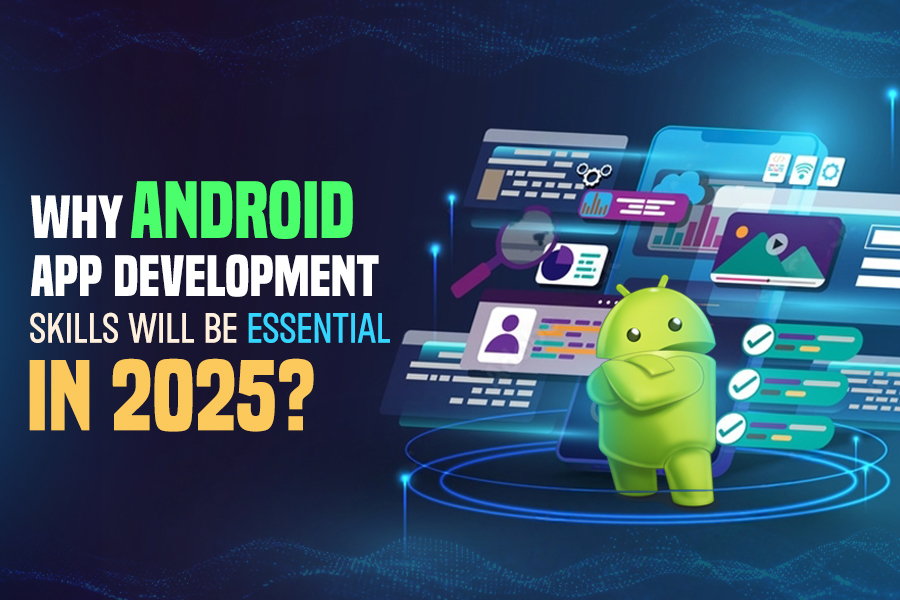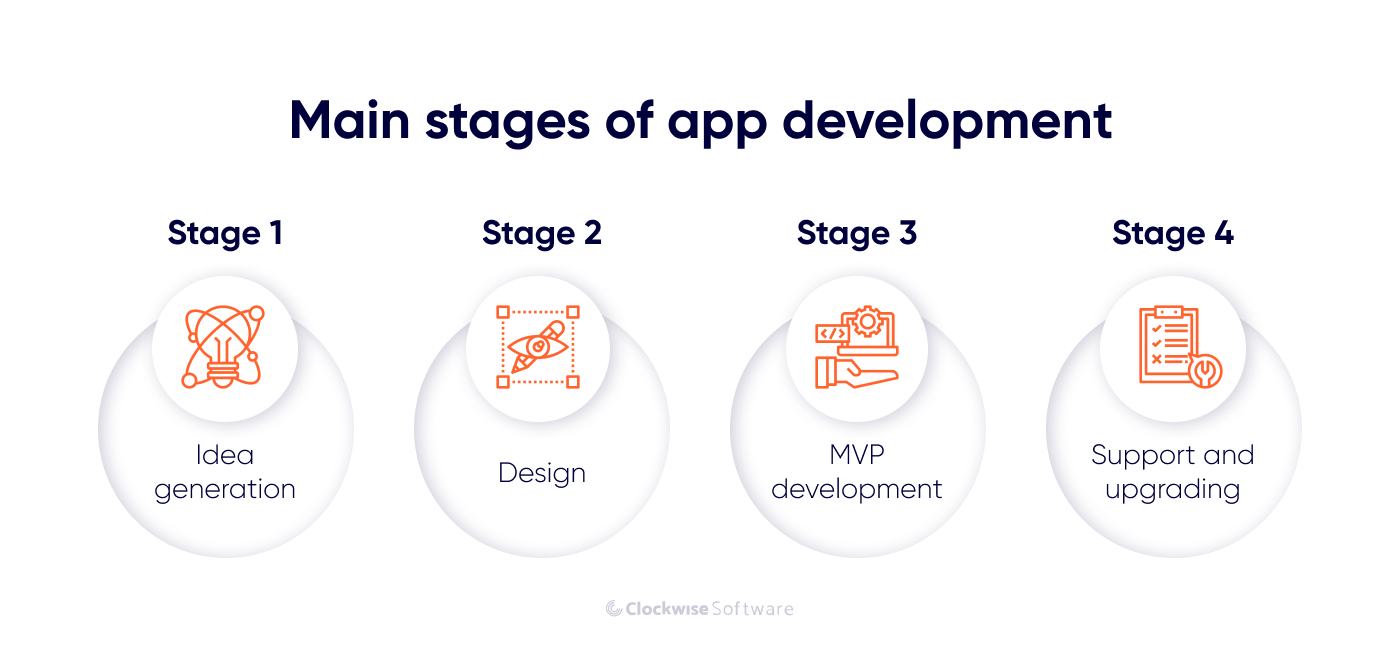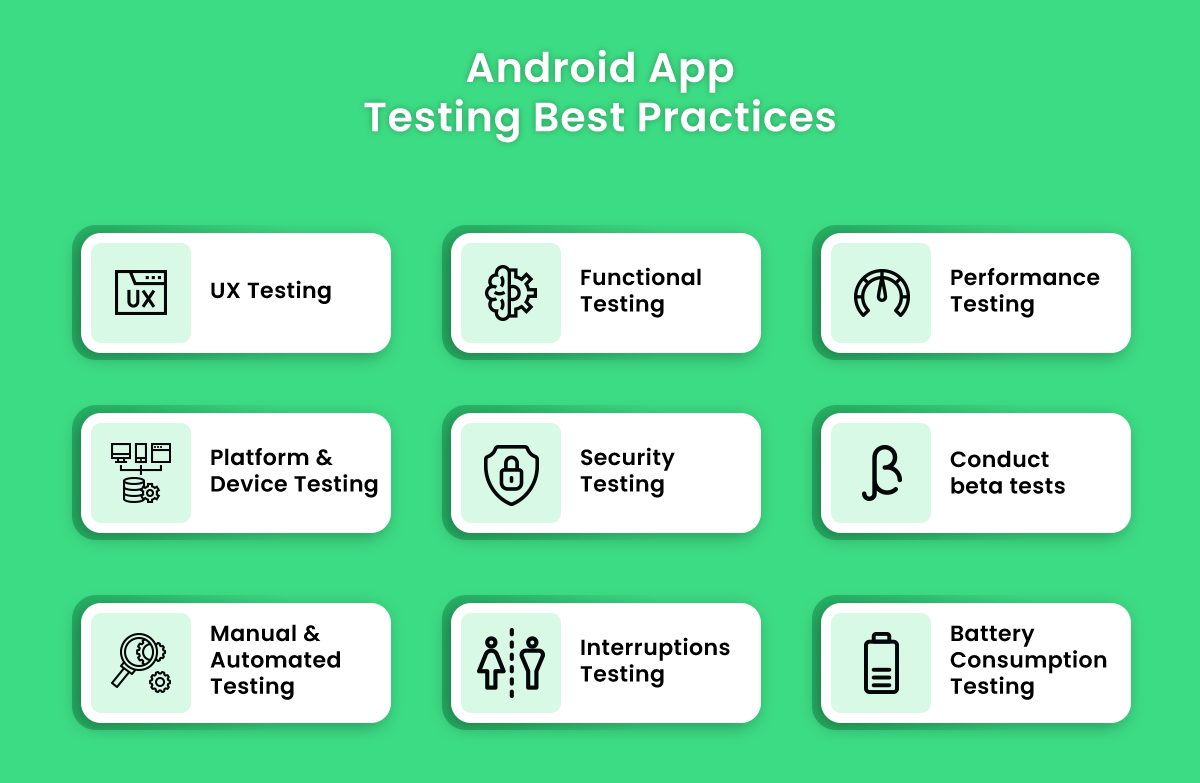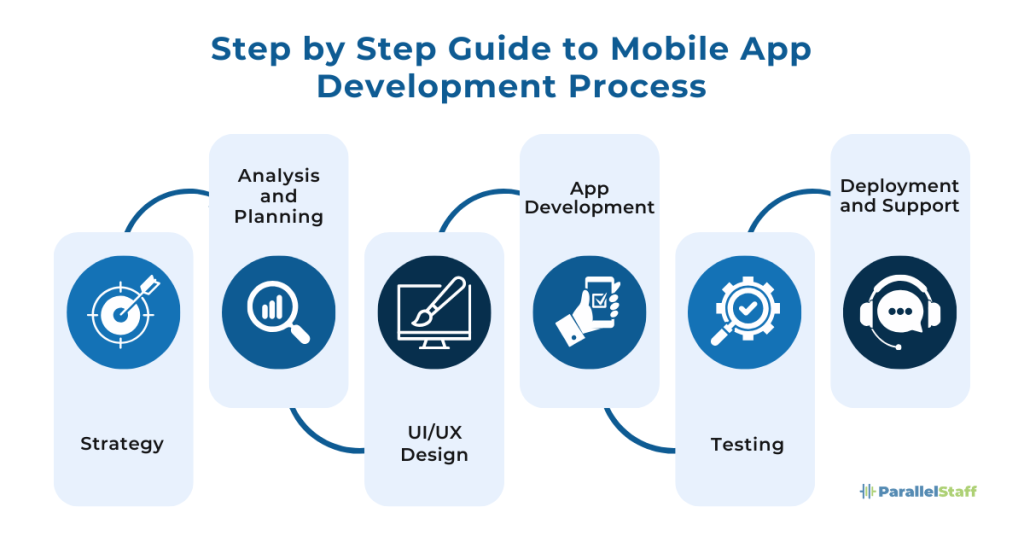Professional Courses
Industry-relevant training in Business, Technology, and Design to help professionals and graduates upskill for real-world careers.
Categories
Interactive Games
Fun, engaging games to boost memory, math fluency, typing speed, and English skills—perfect for learners of all ages.
Typing
Memory
Math
English Adventures
Knowledge
Enroll to start learning
You’ve not yet enrolled in this course. Please enroll for free to listen to audio lessons, classroom podcasts and take practice test.
Interactive Audio Lesson
Listen to a student-teacher conversation explaining the topic in a relatable way.
What is an App?
Unlock Audio Lesson
Signup and Enroll to the course for listening the Audio Lesson

Today, we're discussing apps. An app is a software program primarily designed for mobile devices, such as smartphones and tablets. Can anyone tell me the types of apps we can create?

Are there different kinds of apps?

Great question! Yes, there are three main types: Native, Web, and Hybrid apps. Native apps are built for specific platforms like Android or iOS. Can anyone give an example of a native app?

Instagram is an example of a native app?

Correct! Now, can someone explain what a web app is?

Web apps run in the browser and don't need to be downloaded, right?

Exactly! So remember: NWH for Native, Web, and Hybrid. That will help you memorize the types!
Why Learn App Development?
Unlock Audio Lesson
Signup and Enroll to the course for listening the Audio Lesson

Now that we know what apps are, why should you learn app development? What do you think is valuable about it?

It improves creativity and helps us solve problems!

Absolutely! Learning app development not only enhances creativity but also gives you insight into technology and relevant career skills. What kind of careers do you think are linked to this skill?

Maybe mobile app developer or software engineer?

Exactly right! So remember, the skills you gain are not just theoretical; they can lead you to exciting career paths!
Steps of App Development
Unlock Audio Lesson
Signup and Enroll to the course for listening the Audio Lesson

Let's break down the app development process. There are seven crucial steps. Who can name one of the steps?

Idea and purpose?

Exactly! What comes after that?

Planning the features?

Yes! So, let's remember: I-P-D-C-T-T-D, which stands for Idea, Purpose, Design, Coding, Testing, and Deployment. This acronym will help you keep track of the steps!
Creating a Simple Calculator App
Unlock Audio Lesson
Signup and Enroll to the course for listening the Audio Lesson

Now, let’s put our understanding into practice by creating a simple calculator app using MIT App Inventor. Who is ready to begin?

I am excited to learn how to make one!

Fantastic! First, we’ll open MIT App Inventor. Can anyone tell me how to start a new project?

You have to sign in with your Google account.

That's correct! Make sure to follow along as we design the interface with buttons and an output label. Remember, practice makes progress!
Introduction & Overview
Read a summary of the section's main ideas. Choose from Basic, Medium, or Detailed.
Quick Overview
Youtube Videos

Audio Book
Dive deep into the subject with an immersive audiobook experience.
Introduction to Apps
Unlock Audio Book
Signup and Enroll to the course for listening the Audio Book
In today’s digital world, mobile applications or apps play a vital role in our daily lives. From ordering food to booking cabs, attending online classes to editing photos, apps help us perform many tasks with ease. This chapter introduces you to the concept of app development.
Detailed Explanation
In the modern world, mobile applications greatly influence how we handle everyday activities. Apps are fundamentally software programs designed specifically to run on mobile devices like smartphones and tablets. They are pivotal in simplifying tasks such as placing food orders, booking rides, attending virtual classrooms, or even photo editing. By learning about app development, you start to discover how these applications are created and how you can create your own.
Examples & Analogies
Think of apps like tools in a toolbox. Just like you use a hammer to drive nails or a screwdriver to fasten screws, you use apps to perform various tasks in your daily life. Each app serves a unique purpose, just like different tools do.
Definitions & Key Concepts
Learn essential terms and foundational ideas that form the basis of the topic.
Key Concepts
-
Types of Apps: Native, Web, Hybrid.
-
Importance of Learning App Development: Creativity, problem-solving, career paths.
-
Steps in App Development: Idea, Planning, Designing, Coding, Testing, Deployment.
Examples & Real-Life Applications
See how the concepts apply in real-world scenarios to understand their practical implications.
Examples
-
A popular native app example is Instagram, designed specifically for mobile devices.
-
A common web app is Google Docs, which users access via a browser without installation.
Memory Aids
Use mnemonics, acronyms, or visual cues to help remember key information more easily.
🎵 Rhymes Time
-
Apps on your phone, aren’t just for fun, they help to get things done!
📖 Fascinating Stories
-
Imagine you are a wizard coding spells (apps) to solve problems for your friends and family. Each spell (app) has a unique purpose, guiding users to fulfill their needs.
🧠 Other Memory Gems
-
I-P-D-C-T-T-D (Idea, Planning, Designing, Coding, Testing, Deployment) helps remember the app development steps!
🎯 Super Acronyms
NWH (Native, Web, Hybrid) helps recall the three types of apps.
Flash Cards
Review key concepts with flashcards.
Glossary of Terms
Review the Definitions for terms.
-
Term: App
Definition:
A software program designed to run on mobile devices like smartphones or tablets.
-
Term: Native App
Definition:
An app built specifically for one platform, such as Android or iOS.
-
Term: Web App
Definition:
An application that runs in a web browser and does not need to be installed on a device.
-
Term: Hybrid App
Definition:
An app that combines features of both native and web apps.
-
Term: UI/UX
Definition:
User Interface and User Experience; focus on the design and ease of use for the user.
-
Term: Deployment
Definition:
The process of sharing the app with users and potentially uploading it to app stores.
5.1 What is an App?
An app is a software program designed primarily for mobile devices, focusing mostly on smartphones and tablets.
Types of Apps
- Native Apps: Designed for specific platforms (e.g., Android or iOS).
- Web Apps: Operate through web browsers, requiring no installation.
- Hybrid Apps: Merge features of both native and web apps.
5.2 Why Learn App Development?
Learning app development enhances creativity, problem-solving skills, and provides insights into technology. It equips students with the ability to develop solutions to real-life issues and prepares them for future careers in tech fields.

5.3 Steps of App Development
- Idea and Purpose: Identify the app's intention and audience.
- Planning the Features: Determine features and user interactions.
- Designing the Interface (UI/UX): Create wireframe models of the app's layout.
- Choosing the Right Platform and Tools: Determine compatible operating systems and platforms.
- Development (Coding): Build the app using codes or blocks, implementing logic and conditions.
- Testing the App: Ensure functionality and eliminate bugs.
- Deployment: Share or submit the app to app stores.

5.4 Beginner-Friendly App Development Platforms
The section outlines beginner-friendly platforms like:
- MIT App Inventor: A free, block-based coding platform ideal for Android apps.
- Thunkable: Similar to MIT, but supports both Android and iOS.
- Kodular: Offers more design features for advanced apps.
5.5 Creating a Simple Calculator App
Using MIT App Inventor, students learn step-by-step how to create a simple calculator app.
5.6 Best Practices for App Development
Key practices include keeping the interface clean, ensuring readability, thorough testing, and user-friendly navigation.
5.7 Careers in App Development
Potential careers include Mobile App Developer, UI/UX Designer, Software Engineer, Game Developer, and Product Manager.
This section wraps up, emphasizing that anyone with interest can start building apps, thus boosting creativity and opening career opportunities.

